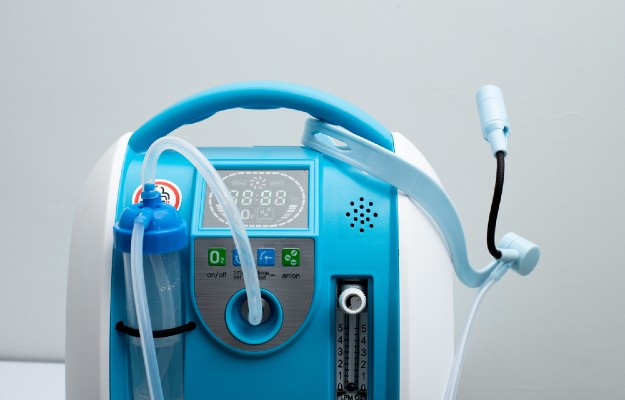The following are the differences between COVID-19 and flu:
Symptoms
COVID-19 may have some symptoms similar to flu however, there are some telltale differences between the two conditions. For starters, difficulty breathing is a common sign of COVID-19 but it happens less commonly in influenza.
The Kansas Department of Health and Environment, USA, lists the following differences between COVID-19 and flu symptoms:
| Symptom |
COVID-19 |
Flu |
| Cough |
Common |
Common but can be more severe at times |
| Sore throat |
Rarely |
Common |
| Runny nose |
Rarely |
Less common |
| Diarrhoea |
Less common |
Occurs sometimes only in children |
| Fatigue |
Less common |
Common and severe |
| Exhaustion |
Seen in some cases but develops gradually |
Absent |
| Headache |
Less common |
Intense headache |
| Body pain |
Less common |
Common and intense |
| Fever |
About 100 degree Celsius and is common |
About 100 to 102 degree Celsius and usually stays for 3 to 4 days |
| Sneezing |
Rarely |
Sometimes |
| Shortness of breath |
Seen in severe infections |
Rarely seen |
After exposure to the virus, it takes about 14 days for the signs of COVID-19 to appear and they do so gradually. On the other hand, the symptoms of influenza develop abruptly - within one to four days of exposure to the virus.
Transmission
The speed of transmission is much higher for Influenza virus than for COVID-19. According to the World Health Organisation (WHO), new cases arise within 3 days for the former and within 5 to 6 days for the latter.
A person with flu may pass the virus even before they show symptoms - in the incubation period. COVID-19 patients do spread the virus about a day or two before the onset of symptoms, but this shedding is not considered a major mediator of the transmission of the disease so far.
About 80% of COVID-19 infections are either mild or asymptomatic which are being considered the major source of transmission of the disease right now. A recent study done at the University of Texas at Austin says that about 1 in 10 cases of COVID-19 are spread by asymptomatic people.
According to the John Hopkins Bloomberg School of Public Health, about 50% cases of influenza are asymptomatic. This is due to the presence of partial immunity from a previous infection in a person. Partial immunity means the person has enough immunity to avoid severe and critical infection but he/she can still get the disease. These asymptomatic people also shed the virus but at a much lower rate than symptomatic people.
However, the R0 (reproductive number) for influenza pandemic was 1.80 (somewhere between 1.47 to 2.27), while the R0 for COVID-19 is between 1.5 to 3.5.
Reproductive number or R0 for a disease shows how many people a single infected person is likely to infect during his/her infectious period. This number is used to quantify the possible intensity of an epidemic or a pandemic.
At-risk people
Children are most at risk for influenza and are the major drivers of the infection as per the WHO. However, from the current data, COVID-19 infections remain mild or asymptomatic in children. Infants do get more severe infections than those above the age of 5. Also, reports from China show that children are getting COVID-19 from adults rather than the other way round as is seen in influenza.
Both COVID-19 and influenza cause severe infections in the elderly, pregnant women, and immunocompromised people.
Severe illness and mortality rate
Only 5% of cases of COVID-19 are severe and critical infections, however, the number is still much higher than that of influenza.
Currently, the mortality rate of COVID-19 is suggested to be around 3 to 4%, the rate is 0.1% for seasonal influenza. Again, this rate is determined by a lot of factors including the age, health, quality of healthcare and ease of access to the treatment.
Vaccines and treatment
Since COVID-19 is a new disease, there is no vaccine for it so far. Those with mild infections are told to self-quarantine and are given antipyretics or other medications to control the symptoms. In severe cases, oxygen therapy and antiviral drugs are given to prevent compilations. The patients are constantly monitored in a hospital.
Influenza vaccines are developed each year depending on which strain of the virus is most prevalent in the given time. The World Health Organisation recommends that the elderly people, pregnant women and children should get the flu shot every year before the flu season begins.
Seasonal flu is treated with antiviral drugs along with antipyretics and anti-inflammatory medications for symptomatic management.
In both the conditions, the patient is asked to rest and keep up their fluid intake.




























